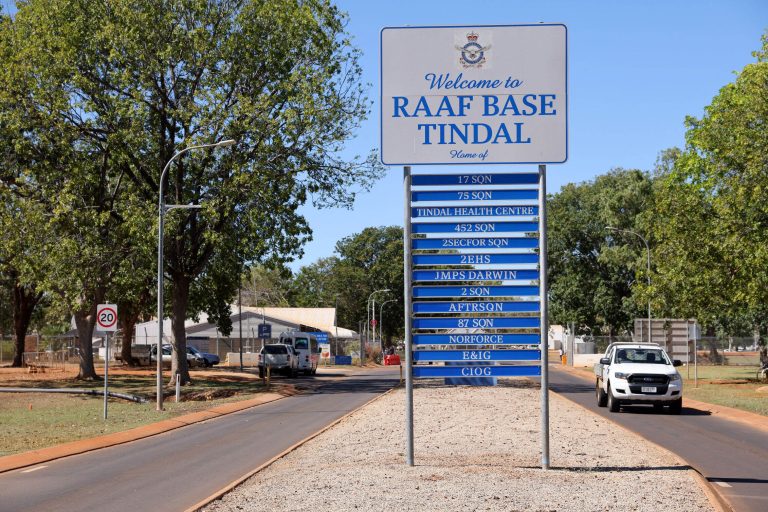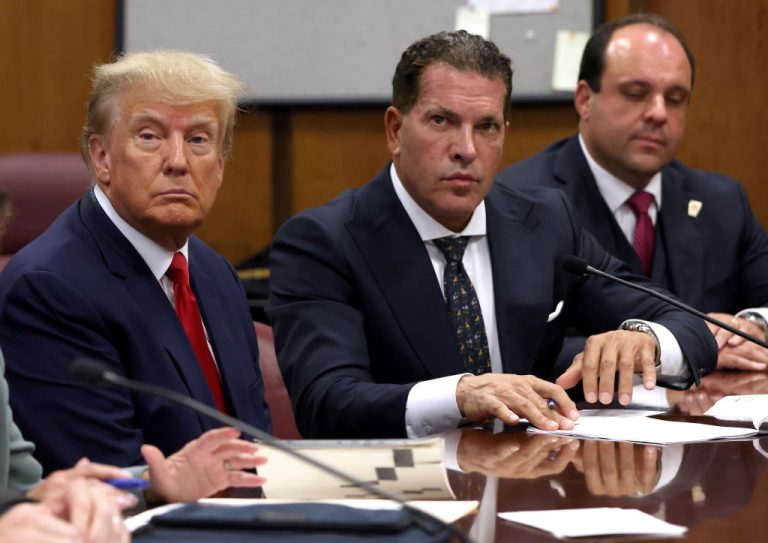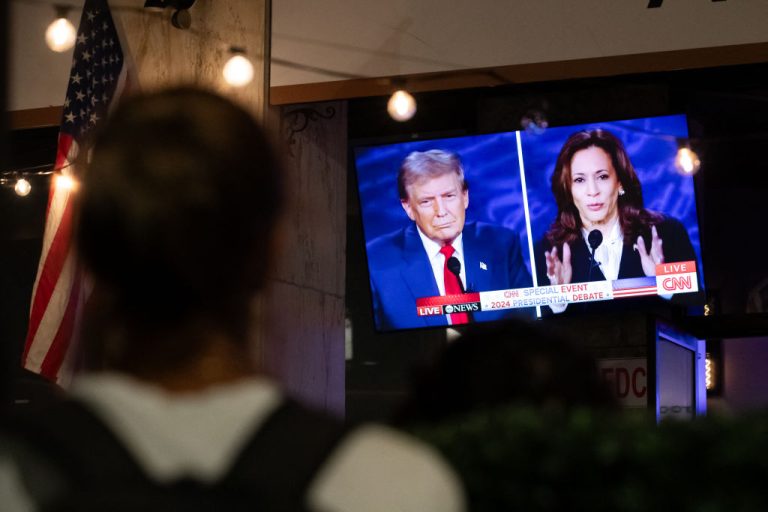The U.S. military is building infrastructure in northern Australia. A Reuters review of documents and interviews with U.S. and Australian defense officials shows the move will help the country to project power into the South China Sea, if a crisis with China erupts.
Darwin has long been a garrison town for the Australian Defence Force, and a U.S. Marine Rotational Force spends six months of each year there. Darwin is closer to the Philippines than Australia’s east coast capital, Canberra.
A few hundred kilometers to the south, RAAF Base Tindal is home to key elements of Australia’s airpower, and was a temporary base for U.S. jets in recent exercises.
- Australia’s Defense Minister Denounces China Over Aerial Confrontation
- Ties Between Philippines and Australia Tighten as Joint Patrols Announced in South China Sea
The United States is committed to use the northern Australia’s position to its advantage, and has begun constructing hundreds of millions of dollars’ worth of facilities there to support B-52 bombers, F-22 stealth fighters, and refueling and transport aircraft.
“When you look at the positioning of northern Australia, particularly Darwin, in relation to the region … it’s always good to have multiple options in where you would want to put your forces in any type of crisis,” said Colonel Brian Mulvihill, commanding officer of the U.S. Marine Rotational Force.
Success
You are now signed up for our newsletter
Success
Check your email to complete sign up
The projects, scheduled for construction in 2024 and 2025, make northern Australia the top overseas location for U.S. Air Force and Navy construction spending, with more than $300 million set aside under the U.S. congressional defense authorisations for those years.
There is more on the horizon: The U.S. Navy in June sought contractors for projects worth up to $2 billion to build wharves, runways, fuel storage and hangars in Australia’s Cocos Islands, Papua New Guinea and Timor Leste, under a program to counter China.
The People’s Republic of China (PRC) Defense Ministry did not immediately respond to a request for comment from Reuters.
Relations between Australia and the PRC have been very tense in recent years, with signs of reestablishing closer ties happening only recently.
Amid factors of these tensions, trade disputes, security concerns, and the chinese terrible human rights record.
Air Commodore Ron Tilley, the Royal Australian Air Force director-general of capital facilities and infrastructure, confirmed Washington was paying for the facilities at Darwin and Tindal, which would support U.S. operations in the region.
“I don’t believe the U.S. would be spending all this money on our northern bases if there wasn’t an arrangement in place where they could use those facilities they are funding in times of conflict,” he added.
Canberra has drawn closer to its top security ally, Washington, under the AUKUS pact that will transfer U.S. nuclear submarine technology to Australia in the next decade.
The Australian government recently highlighted its own plans to spend A$14 billion “hardening” the northern bases, under the country’s biggest defense shakeup since World War Two.
Laying foundations
A 2011 agreement with Australia for the U.S. Marine Corps to temporarily train in Darwin has evolved into a regional deterrence role for about 2,000 Marines each year, Mulvihill said.
War games this month included troops from the Philippines and Timor Leste.
“Darwin is absolutely key terrain for us to help bring stability to the region,” he said in an interview at Darwin’s Larrakeyah Barracks. “We are more focused on that interoperability with the Australian Defence Force – how can we project power from northern Australia into the region.”
The United States wants to be able to disperse its forces from its largest bases in the Pacific, such as Guam and Okinawa, to reduce general vulnerability.
For Australia, the northern bases offer greater access to the South China Sea, and with Tindal, a secure inland location for Australia’s F-35A stealth aircraft and its MQ-4C Triton long-range surveillance drone.
A U.S. F-22 Raptor squadron shared the facilities this month during Exercise Pitch Black.
Tindal’s location is “vitally important”, said RAAF Base Tindal Wing Commander Fiona Pearce, with “greater reach into our near region”.
Australia is spending A$1.5 billion ($981.45 million) on Tindal’s redevelopment, and by July a new terminal, control tower, hangars and accommodation for extra personnel were near completion.
Reuters contributed to this report.







